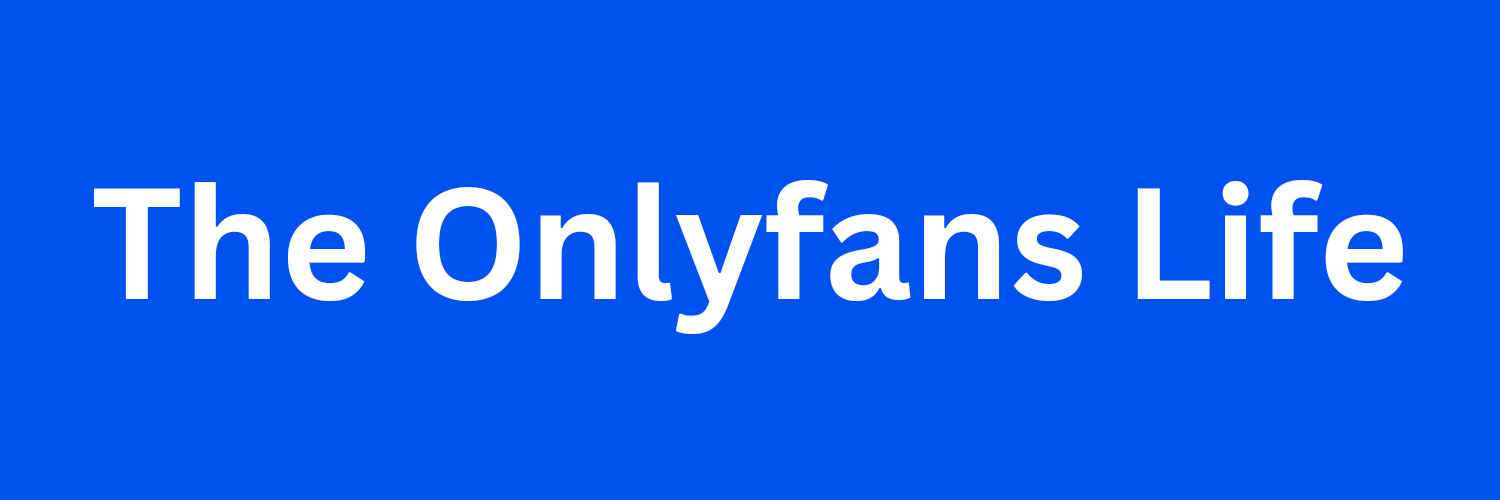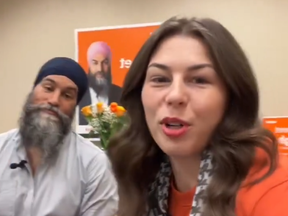While OnlyFans is widely known for its adult content, the adults-only platform is seeing a notable trend that was unanticipated. Many male users aren’t seeking sexual gratification; they’re after an emotional connection. Increasingly, OnlyFans users are pursuing a sense of emotional intimacy rather than the thrill of sexually explicit material, and the content creators serving them are the ones left feeling the burden.
The data supporting how many OnlyFans users seek connection instead of gratification is surprising. 78% of messages from the biggest spenders on OnlyFans focus on non-sexual topics (think pets, work stress, and gaming habits), indicating a preference for emotional engagement. Only 15% of messages from top spenders are sexual. In contrast, 81% of OnlyFans users never spend additional money on the creators they follow, leaving creators feeling pressured to cater to high-paying users who seek a high-touch emotional connection. OnlyFans’ top-earning creator, Sophie Rain, had her number one fan spend over $6 million on her in the two years she’s been on the platform. According to Rain, he hasn’t pressured her sexually but has instead sought her emotional support.
Increasingly, content creators feel pressured to offer the “girlfriend experience.” This involves creators providing emotional support and consistent attention for subscribers paying for that experience. The attention given to users who pay for extra focus from the content creator allows them to feel as though they’re engaged in a virtual relationship. Creators like Sophie Rain act as an emotional support system for their paying subscribers, engaging in daily private chats about personal topics and day-to-day life. This service caters to fans (including married men) seeking connection due to loneliness. This preference and the pressure on creators to deliver transform OnlyFans into a platform for emotional intimacy rather than sexual gratification.
The demand for emotional support is particularly taxing on content creators and can lead to burnout. Creators didn’t join OnlyFans intending to be unwitting therapists, yet they’re frequently put in a position of needing to handle deep personal conversations while still catering to a larger non-paying audience. Creators are pressured to monetize the high-spending “whales,” some of whom have been known to spend upwards of $5,000. The strain of providing a connection that feels genuine while continuing to produce content for their broader channel is a tall order, which requires the support of a team, like the chatters alleged in a California lawsuit.
American loneliness is not a new phenomenon. Up to 24% of adults admit to feeling lonely, and men are turning to OnlyFans to fill an emotional void digitally. This trend was likely exacerbated by a pandemic that necessitated social isolation. However, there is valid concern over the expectation that OnlyFans content creators should address the mental health needs arising from social isolation. Critics have been quick to argue that paying for emotional connection is emotional infidelity for people in relationships.
It’s reasonable to wonder how much longer people will seek emotional support from digital creators instead of turning inward and seeking a real solution.
This post was originally published on this site be sure to check out more of their content.






